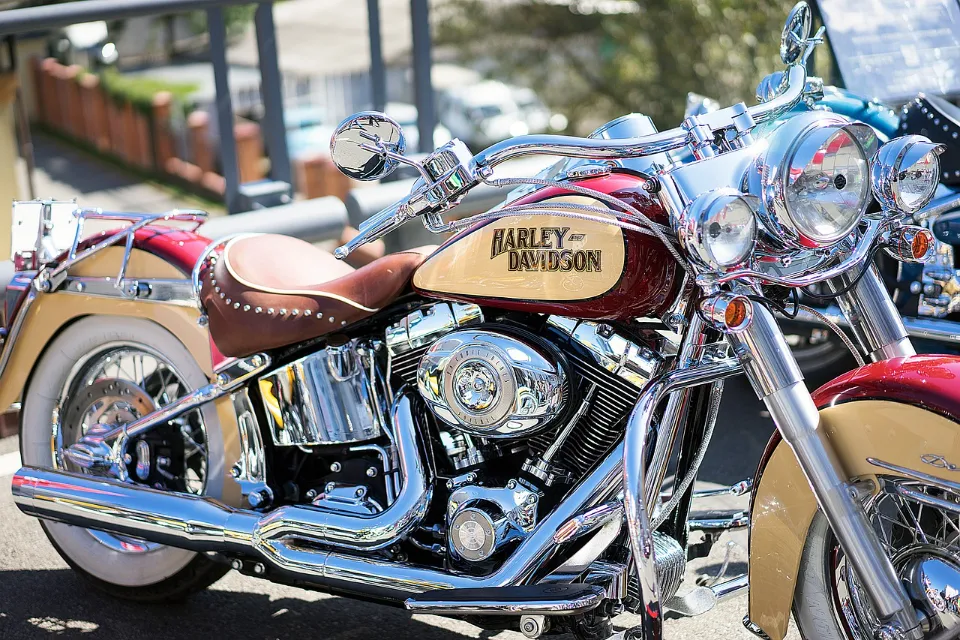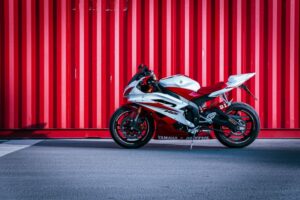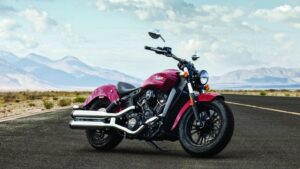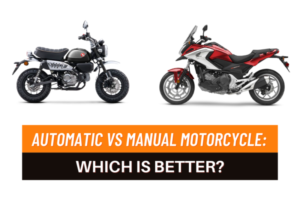This blog will help you decide which type of motorcycle engine is best for you by providing a comprehensive summary of everything you need to know about them.
- Single Cylinder
- Parallel Twin
- Inline Triple
- V-Twin Or L-Twin Engines
- V4 (Or V5) Engines
- Flat-Twin Engine
- Flat Four and Flat Six
- Boxer Engines
- Electric Engines
There’s more to buying a motorcycle than you might think. Different types of engines are included with each bike. These systems each have advantages and disadvantages. Choosing the right type of engine depends on where and how you like to ride.
Use this comprehensive guide to distinguish between the various motorcycle types so you can select the ideal motorcycle or engine for your upcoming journey.
Read More:
Single Cylinder
The classic engine layout, single-cylinder models, work best on small displacement motors. Due to their low cost of ownership and easy maintenance, this type of engine is typically found on more affordable bikes. A motorcycle with a single cylinder will typically have a lot of vibration.
Single-cylinder engines are not impossible for high-performance motorcycles, but they are undoubtedly less common.
Parallel Twin
Parallel twin options have two cylinders instead of relying on one to do the work. They share a block to operate in fun, as their name suggests, and they run in line with one another. Overall, these engines offer a level of balance that working with one cylinder does not, as well as being simpler to construct and more compact.
Although they still have some high vibrations compared to other builds on this list, this type of engine is typically found in medium and high-displacement models.
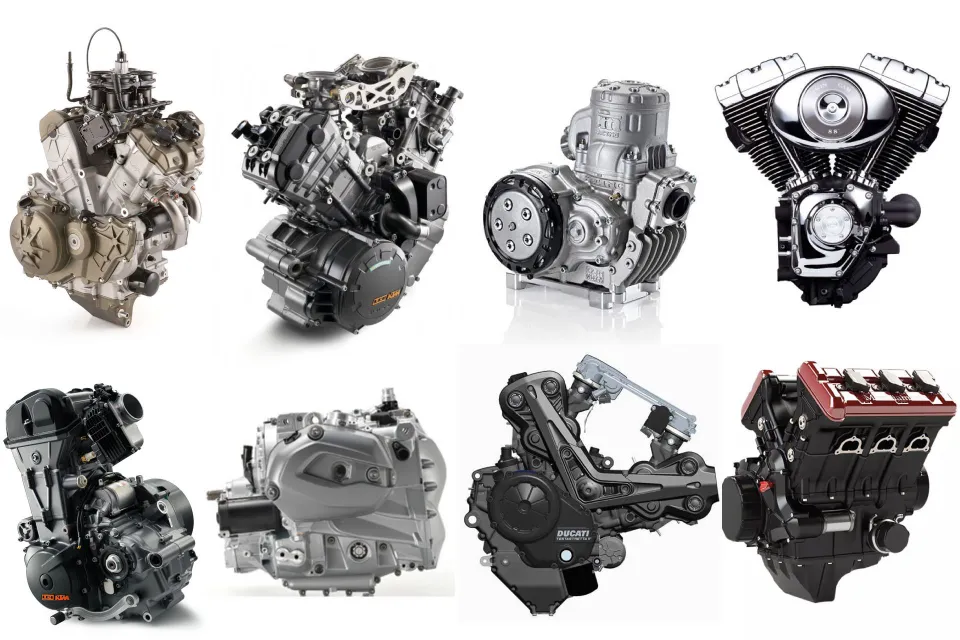
Inline Triple
While a parallel twin engine will end up more balanced than a single cylinder, real balance finally starts to come into play once you get to the triple inline build, thanks to the symmetry around the crankshaft. You’ll still get some rocking, but it’s smoother overall while still being a more “compact” option, especially in comparison to Later, we’ll talk about V-shaped models.
These engines can be found in sports bikes because of their smaller size, which favors maneuverability.
V-Twin Or L-Twin Engines
This design means the two cylinders are placed at an angle from each other, forming a “V” or “L” shape. The engine is bigger and more powerful because, unlike parallel twins, each cylinder is housed in a separate cylinder block. Different models have different cylinder sizes and placements. Some cylinders may be at a 45-degree angle, while others may be at a 90-degree angle, thus the name “L-Twin”. The term “V-Twin Trans” means the cylinders are parallel to the bike’s frame, which keeps things compact.
To maintain leanness, the cylinders are usually long and narrow. They produce exceptional torque and have a distinctive exhaust sound.
Without significantly more weight or harder maintenance requirements than parallel twins, these bikes typically have higher power and stability ratings. The V-Twin design, which offers the best of both worlds, is the most popular in the industry.
V4 (Or V5) Engines
A V4 engine essentially combines two V-Twin engines and stacks them on top of one another. They have four cylinders inside, all positioned at an angle. Because of the additional space needed, the bike is heavier and more difficult to maintain. They provide equal power to inline-four engines, if not more. The engine is smaller because it is not as wide as an inline-four. Expect a quiet, vibration-free ride.

Flat-Twin Engine
The Flat-Twin engine, also known as a Boxer engine, is a rare engine design that has two, four, or six cylinders arranged horizontally on either side of the crankshaft. Once more, the engine’s power increases with the number of cylinders.
This design provides a lower center of gravity with better cooling potential. The cylinders and pistons may become difficult to maintain over time, especially given how uncommon these designs are.
Flat Four and Flat Six
Boxer models can have more cylinders added to them, just like the other categories of engines we’ve examined. Once more, the size is going up, but the operation is much more streamlined than with comparable inline engines. If you want to get the most out of your bike, these engine builds are worthwhile because the power delivery rate is also optimal.
Once more, we’re looking at an engine configuration that can produce a lot of power, making it a possibility for 1000cc and larger bikes.
Boxer Engines
They are referred to as “boxer engines” because of their flat design and the way their piston faces move, which is like a boxer’s glove. Moving together and apart at the same time, this old-looking engine has been a part of German Manufacturing. This engine is smooth, delivers torque throughout the entire powerband, and is perfectly balanced.
Flat two don’t experience the same problem of poor natural balance but has the same firing rate as parallel two. The two pistons are constantly moving against one another, which is why this is the case. Additional boxer engine types include the Flat-two, Flat-four, and Flat-six models, each of which is distinguished by the number of cylinders it has.
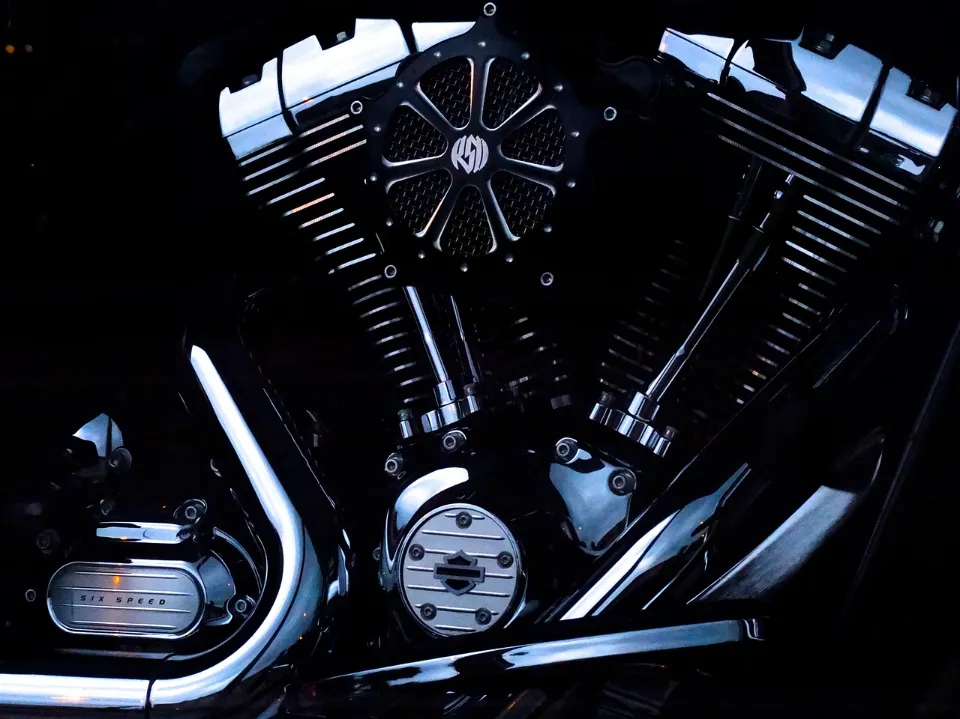
Electric Engines
The motorcycle industry is slowly going electric. Thanks to renewable energy, electric engines tend to be better for the environment. Since they don’t use fossil fuels to power them, fewer carbon emissions that cause climate change are produced. Air and fuel are not compressed by rotaries, pistons, or cylinders. It works the same way that you would charge your laptop, phone, or any other electronic device.
Many consumers have started looking for electric bikes, especially those that live in urban areas with regular access to inexpensive electricity. These bikes promise just as much power as regular engines, but they take a while to recharge.
If your neighborhood mechanic is unable to work with this technology, maintaining these engines can be difficult. They also tend to be a little more expensive than regular motorcycles, but you won’t have to spend nearly as much on fuel, especially if you generate your own electricity at home using solar panels.
Choosing a Type of Engine
Manufacturers of motorcycles frequently use specific types of engines and have preferences. Each manufacturer may have their reasons for a particular type of engine selected for each model and this means that when browsing motorcycles, you are likely to see some common themes from each manufacturer.
This also means if you are set on a specific engine type, it may impact the model/manufacturer you opt for.
If you’re looking to replace the engine in an existing bike, it’s always worth getting advice from a professional or the manufacturer. It’s not as easy as it may seem to upgrade to a powerful engine because it might mean that the brake system is no longer adequate. The replacement of engines may also be covered in detail by insurance policies.
Conclusion: Motorcycle Engine Types
We’ve covered the majority of what you’ll see when shopping for a motorcycle, though there are some other motorcycle engine variations on the market.
- Single Cylinder
- Parallel Twin
- Inline Triple
- V-Twin Or L-Twin Engines
- V4 (Or V5) Engines
- Flat-Twin Engine
- Flat Four and Flat Six
- Boxer Engines
- Electric Engines
The most important thing to consider when choosing a motorcycle for yourself is how much performance you need from it, what your budget is, and where those two factors intersect.
